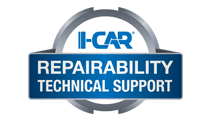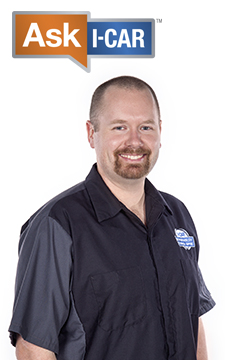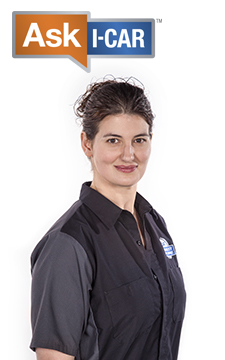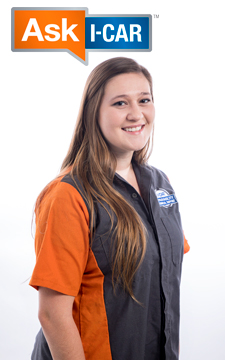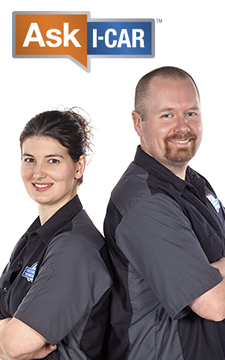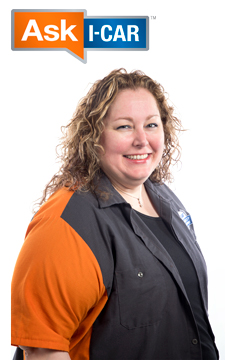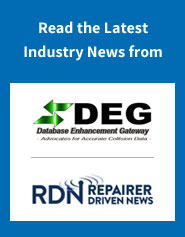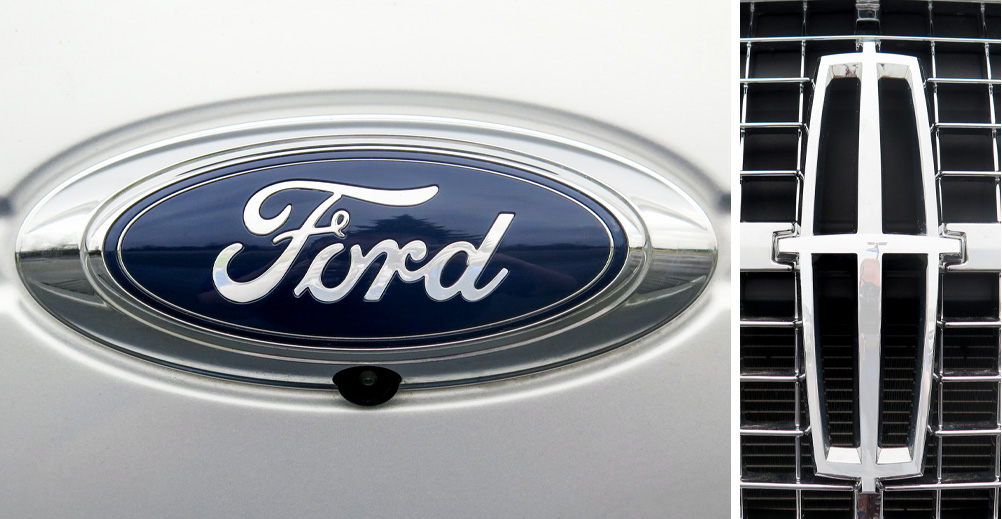
Ford/Lincoln Position Statement: OEM Structural Fasteners and Adhesives - UPDATE
- Posted on 20 November 2025
Ford/Lincoln has released a position statement about the Use Of OEM Structural Fasteners And Adhesives.
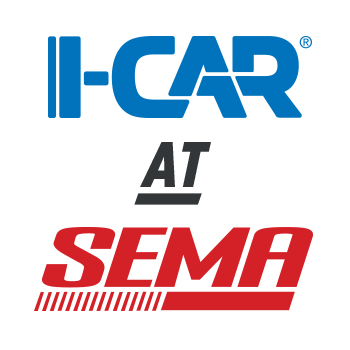
SEMA 2025: FCA/Stellantis Advanced Service Updates 2025
- Posted on 19 November 2025
I-CAR had numerous presentations at the 2025 SEMA show. One of these presentations focuses on FCA/Stellantis repair information.
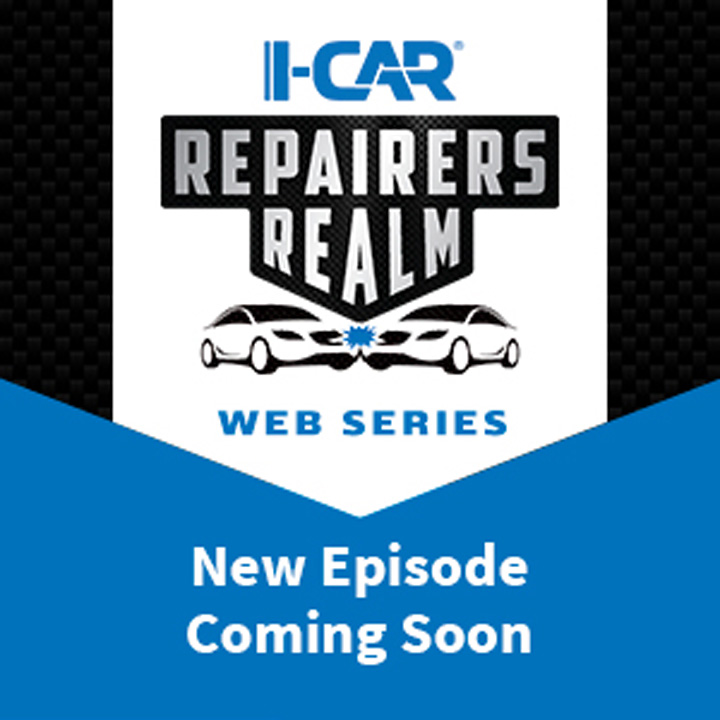
I-CAR Repairers Realm - New In 2026: Mixed Attachment Methods And Steel Sectioning Recertification - Coming Soon
- Posted on 14 November 2025
I-CAR is having a discussion on the new Mixed Attachment Methods course launching in 2026.
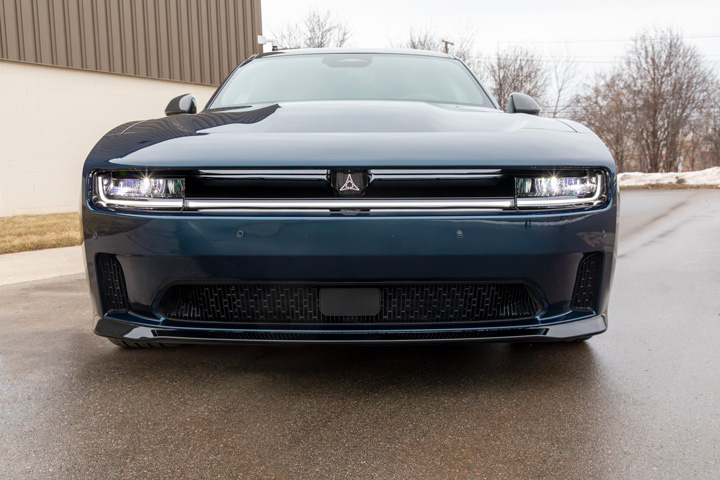
I-CAR FCA Dodge Charger LB Course
- Posted on 13 November 2025
I-CAR has developed a course that provides insight into repairing a Dodge Charger LB.

Day Four: I-CAR Live From The 2025 SEMA Show
- Posted on 10 November 2025
Day four of the numerous I-CAR and SCRS interviews and presentations at the 2025 SEMA Show.

Day Three: I-CAR Live From The 2025 SEMA Show
- Posted on 07 November 2025
Day three of the numerous I-CAR and SCRS interviews and presentations at the 2025 SEMA Show.

Day Two: I-CAR Live From The 2025 SEMA Show
- Posted on 06 November 2025
Day two of the numerous I-CAR and SCRS interviews and presentations at the 2025 SEMA Show.

Day One: I-CAR Live From The 2025 SEMA Show
- Posted on 05 November 2025
Day one of the numerous I-CAR and SCRS interviews and presentations at the 2025 SEMA Show.
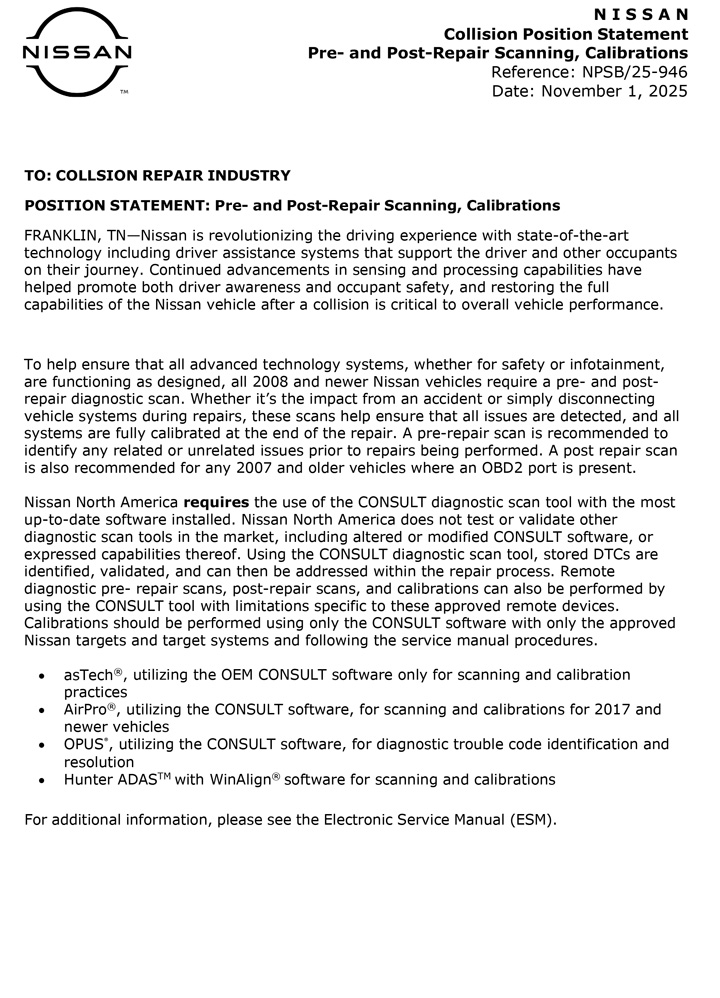
Nissan/INFINITI Position Statement: Pre- And Post-Repair System Scanning - UPDATE
- Posted on 03 November 2025
Nissan/INFINITI updated their position statement on pre- and post-repair scanning.
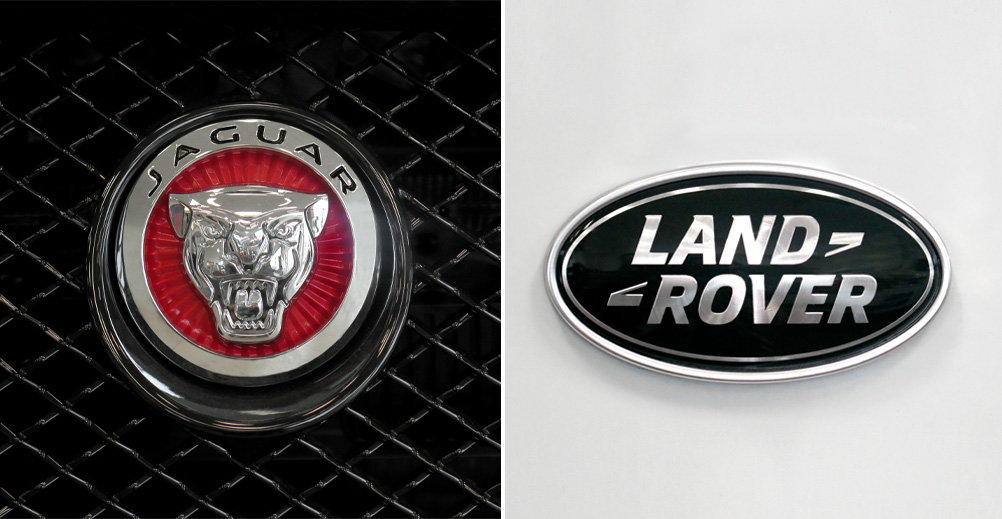
Jaguar Land Rover Mechanical, Electrical, And Trim (MET) Training
- Posted on 31 October 2025
I-CAR now provides mechanical, electrical, and trim (MET) training for Jaguar Land Rover (JLR). This training is a new requirement for Jaguar Land Rover Authorized Collision Repair Centers.
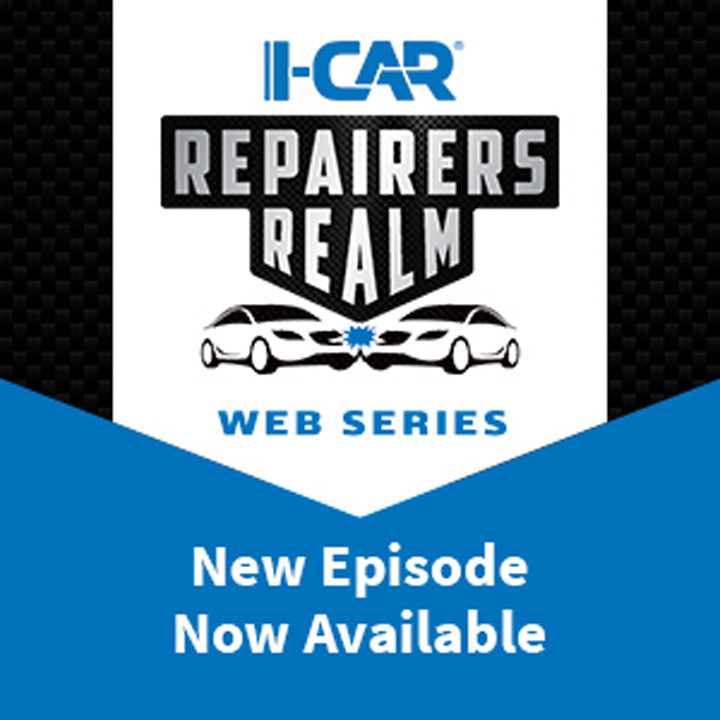
I-CAR Repairers Realm: Spot Welding Machine Technology, Setup, And Maintenance - Now Available
- Posted on 30 October 2025
I-CAR had a discussion on spot welder machine technology, setup, and maintenance.
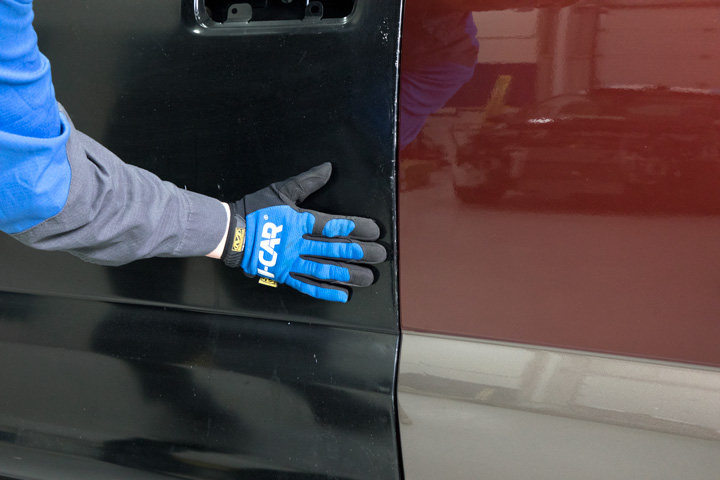
Back-To-Basics: Exterior Panel Fit-Up
- Posted on 29 October 2025
Sometimes, going back to the basics can make the difference between a quality repair and a failed repair. Checking proper fit-up of exterior panels is vital for a successful repair when replacing panels.
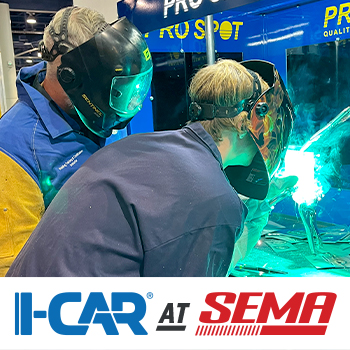
I-CAR At SEMA 2025
- Posted on 24 October 2025
Attending the SEMA Show in Las Vegas this year? Well, I-CAR will be providing many different opportunities to connect with you at this year’s show.
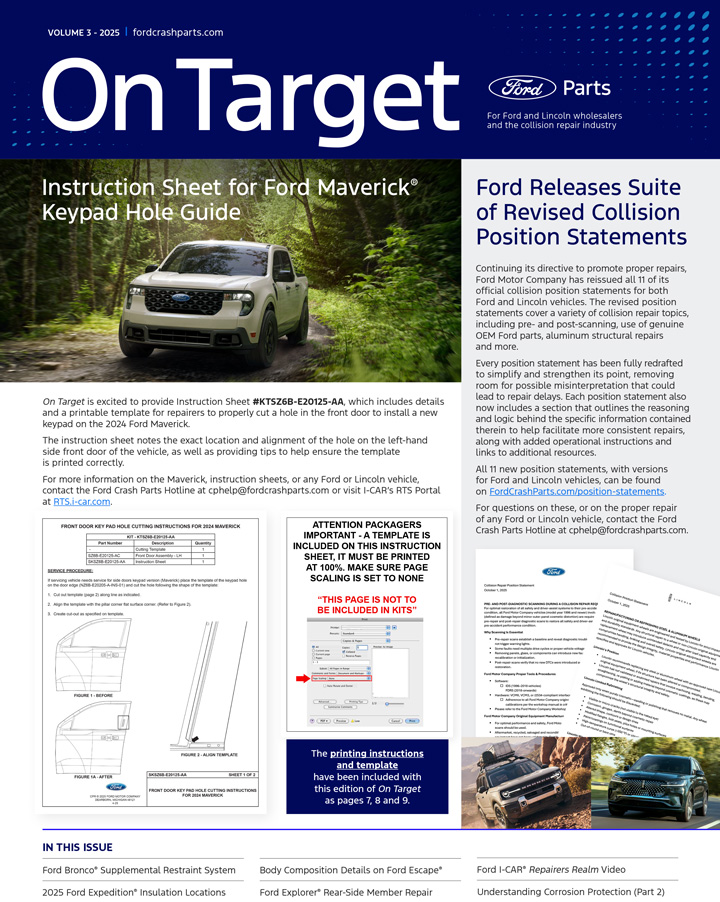
Ford On Target 2025: Volume 3
- Posted on 23 October 2025
Ford has released the third installment of their On Target publication for 2025.
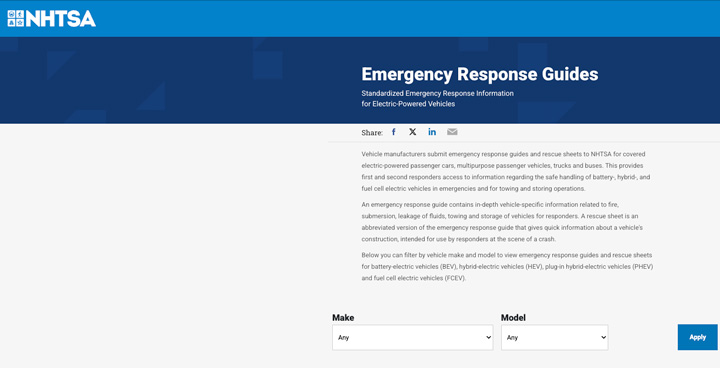
OEM Emergency Response Guides: National Highway Traffic Safety Administration - UPDATE
- Posted on 22 October 2025
Are you looking for OEM emergency response guides (ERGs)? The Repairability Technical Support (RTS) team has located these guides and either houses them on the RTS website, provides links to webpages that house them, or provides articles with instructions on how to locate them.
-
Toyota/Lexus/Scion Position Statement: Pre- and Post-Repair System Scanning
Thursday, 28 July 2016
As the industry continues to ask if pre- and post-repair system scanning is necessary, Toyota/Lexus/Scion provides their answer.
-
Pre- and Post-Repair System Scanning Statements
Wednesday, 9 January 2019
Are you wondering if a particular OEM or organization has a published statement on pre-repair and post-repair scanning? We have compiled a list of most of the statements on the subject, so you can...
-
ADAS, Calibration, And Scanning Article Hotspot
Monday, 14 January 2019
Since advanced driver assistance systems (ADAS), scanning, and calibration first started becoming relevant, members of the collision repair industry have required as much knowledge as possible on...
-
Honda/Acura Position Statement: Pre- and Post-Repair System Scanning - UPDATE
Wednesday, 22 May 2019
Honda /Acura has updated their position statement on pre- and post-repair scanning to give more clarification on what is expected for scanning.
-
BMW Position Statement: Pre- and Post-Repair System Scanning - UPDATE
Friday, 10 April 2020
BMW has released a position statement related to pre- and post-repair system scanning. The statement applies to All vehicles equipped with on board diagnostics II (OBD II).
-
Quickly Identifying Outer Quarter Panels w/Rolled Hem Flanges
Monday, 5 March 2018
The I-CAR best practice article, Recycled Outer Quarter Panels w/Rolled Hem Flanges has gotten a lot of interest from the collision repair industry. It’s important to know which vehicles are...
-
General Motors Position Statement: Pre- and Post-Repair System Scanning
Friday, 21 October 2016
As the industry continues to ask, are pre- and post-repair scans necessary, General Motors provides their answer.
-
Restraints Wiring Repairs
Monday, 23 May 2016
Over the past few months, we've been sharing OEM position statements on restraints wiring repairs. Now we're bringing them all together in one place for easy reference.
-
FCA/Stellantis Position Statement: Pre- and Post-Repair System Scanning
Thursday, 9 June 2016
FCA/Stellantis has released a position statement related to pre- and post-repair system scanning.
-
Typical Calibration Requirements For Forward Radar Sensors
Wednesday, 12 October 2016
Technicians should be aware of what’s required to keep advanced driver assistance systems (ADAS) running safely after a collision. Whether that be aiming a camera, which can cause a system to not...
-
Ford/Lincoln Position Statement: OEM Structural Fasteners and Adhesives - UPDATE
Thursday, 20 November 2025
Ford/Lincoln has released a position statement about the Use Of OEM Structural Fasteners And Adhesives.
-
SEMA 2025: FCA/Stellantis Advanced Service Updates 2025
Wednesday, 19 November 2025
I-CAR had numerous presentations at the 2025 SEMA show. One of these presentations focuses on FCA/Stellantis repair information.
-
I-CAR Repairers Realm - New In 2026: Mixed Attachment Methods And Steel Sectioning Recertification - Coming Soon
Friday, 14 November 2025
I-CAR is having a discussion on the new Mixed Attachment Methods course launching in 2026.
-
I-CAR FCA Dodge Charger LB Course
Thursday, 13 November 2025
I-CAR has developed a course that provides insight into repairing a Dodge Charger LB.
-
Day Four: I-CAR Live From The 2025 SEMA Show
Monday, 10 November 2025
Day four of the numerous I-CAR and SCRS interviews and presentations at the 2025 SEMA Show.
-
Day Three: I-CAR Live From The 2025 SEMA Show
Friday, 7 November 2025
Day three of the numerous I-CAR and SCRS interviews and presentations at the 2025 SEMA Show.
-
Day Two: I-CAR Live From The 2025 SEMA Show
Thursday, 6 November 2025
Day two of the numerous I-CAR and SCRS interviews and presentations at the 2025 SEMA Show.
-
Day One: I-CAR Live From The 2025 SEMA Show
Wednesday, 5 November 2025
Day one of the numerous I-CAR and SCRS interviews and presentations at the 2025 SEMA Show.
-
Nissan/INFINITI Position Statement: Pre- And Post-Repair System Scanning - UPDATE
Monday, 3 November 2025
Nissan/INFINITI updated their position statement on pre- and post-repair scanning.
-
Jaguar Land Rover Mechanical, Electrical, And Trim (MET) Training
Friday, 31 October 2025
I-CAR now provides mechanical, electrical, and trim (MET) training for Jaguar Land Rover (JLR). This training is a new requirement for Jaguar Land Rover Authorized Collision Repair Centers.
- 2025
- November 2025 (9)
- October 2025 (13)
- September 2025 (11)
- August 2025 (12)
- July 2025 (11)
- June 2025 (11)
- May 2025 (11)
- April 2025 (13)
- March 2025 (12)
- February 2025 (11)
- January 2025 (12)
- 2024
- December 2024 (8)
- November 2024 (10)
- October 2024 (13)
- September 2024 (10)
- August 2024 (12)
- July 2024 (11)
- June 2024 (9)
- May 2024 (13)
- April 2024 (12)
- March 2024 (12)
- February 2024 (12)
- January 2024 (9)
- 2023
- December 2023 (8)
- November 2023 (12)
- October 2023 (11)
- September 2023 (11)
- August 2023 (12)
- July 2023 (9)
- June 2023 (11)
- May 2023 (12)
- April 2023 (11)
- March 2023 (12)
- February 2023 (10)
- January 2023 (11)
- 2022
- December 2022 (11)
- November 2022 (12)
- October 2022 (11)
- September 2022 (13)
- August 2022 (11)
- July 2022 (10)
- June 2022 (13)
- May 2022 (11)
- April 2022 (12)
- March 2022 (10)
- February 2022 (11)
- January 2022 (13)
- 2021
- December 2021 (13)
- November 2021 (11)
- October 2021 (13)
- September 2021 (14)
- August 2021 (12)
- July 2021 (15)
- June 2021 (17)
- May 2021 (12)
- April 2021 (14)
- March 2021 (20)
- February 2021 (14)
- January 2021 (14)
- 2020
- December 2020 (13)
- November 2020 (17)
- October 2020 (12)
- September 2020 (14)
- August 2020 (11)
- July 2020 (18)
- June 2020 (14)
- May 2020 (14)
- April 2020 (20)
- March 2020 (12)
- February 2020 (13)
- January 2020 (14)
- 2019
- December 2019 (13)
- November 2019 (19)
- October 2019 (25)
- September 2019 (20)
- August 2019 (22)
- July 2019 (23)
- June 2019 (20)
- May 2019 (19)
- April 2019 (20)
- March 2019 (20)
- February 2019 (18)
- January 2019 (17)
- 2018
- December 2018 (18)
- November 2018 (19)
- October 2018 (17)
- September 2018 (16)
- August 2018 (21)
- July 2018 (20)
- June 2018 (21)
- May 2018 (17)
- April 2018 (19)
- March 2018 (21)
- February 2018 (15)
- January 2018 (20)
- 2017
- December 2017 (13)
- November 2017 (15)
- October 2017 (19)
- September 2017 (20)
- August 2017 (19)
- July 2017 (18)
- June 2017 (19)
- May 2017 (19)
- April 2017 (13)
- March 2017 (18)
- February 2017 (10)
- January 2017 (11)
- 2016
- December 2016 (9)
- November 2016 (14)
- October 2016 (21)
- September 2016 (10)
- August 2016 (11)
- July 2016 (8)
- June 2016 (10)
- May 2016 (5)
- April 2016 (11)
- March 2016 (12)
- February 2016 (10)
- January 2016 (8)
- 2015
- December 2015 (9)
- November 2015 (6)
- October 2015 (8)
- September 2015 (7)
- August 2015 (11)
- July 2015 (7)
- June 2015 (5)
- May 2015 (7)
- April 2015 (8)
- March 2015 (8)
- February 2015 (9)
- January 2015 (10)
- 2014
- December 2014 (12)
- November 2014 (7)
- October 2014 (11)
- September 2014 (10)
- August 2014 (9)
- July 2014 (12)
- June 2014 (9)
- May 2014 (12)
- April 2014 (9)
- March 2014 (6)
- February 2014 (1)
- January 2014 (26)
